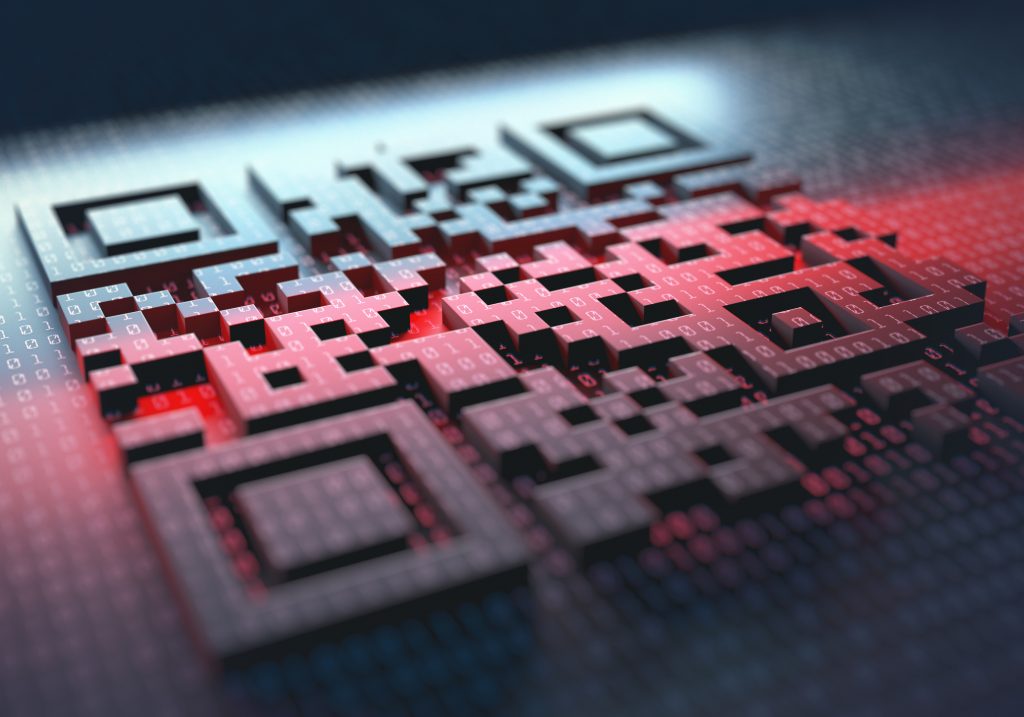Technology, Solutions and Innovations
Countering The Counterfeiters
Security is among the fastest-developing technologies in the print industry. Print security solutions are being used to prevent forgery in the printing of items like banknotes, tax stamps, identification documents, diplomas and degrees, and financial documents, with security fonts used to print text and amounts on these secure documents, says Wendy McLoughlin, business development executive at Kemtek Imaging Systems.
McLoughlin says brand protection solutions use security inks, secure design and origination, substrates and materials, and secure track-and-trace systems to protect brands from counterfeiters, particularly in the nutraceuticals and wellness, cosmetics, personal care, spirits, industrial and automotive, and controlled food and beverage sectors.
“Each of these segments usually requires multilayered solutions that include security printing and brand protection,” explains McLoughlin. “For example, secure documents could use serialised microtext, covert serialisation and covert static marks within a document, while a financial or smart card application may use track-and-trace, or QR codes with invisible ink. Multilayered security is the key to success against fraud and counterfeiting.”
Curbing fakes
With the existence of many types of authentication, HP Indigo’s security and brand protection solutions, for example, offer several different security levels and authenticators.
Forensic features are only detectable in the lab and their exact nature is a closely held secret for security reasons.
Covert features are invisible to the eye, and detected by specialised devices such as a UV flashlight, infrared laser and specialised readers.
Semi-covert features require simple test equipment such as a magnifying glass, or interference slide.
Overt features are visible to the consumer. Detection doesn’t require any special equipment.
“With fraud and counterfeiting on the rise, customers need security-grade solutions with digital agility and advantages,” McLoughlin says. “These include unique and exclusive security solutions, and stronger security with the power of variable data that allows for each product to have a unique ID in order to curb fakes.”
The cost of cybercrime
As the use of technology, the internet and smartphones grows, so does the opportunity for cyber threat actors. In 2019, South Africa saw a cross-industry spike in cyberattacks, according to Accenture’s 2020 report, Insight into the Cyber Threat Landscape in South Africa. We have the third-highest number of cybercrime victims worldwide, with businesses losing approximately R2.2-billion a year to cyberattacks.
AI is redefining fraud prevention
Fraud prevention is an ongoing battle. Fraudsters are particularly crafty and will adjust their attacks as their schemes are countered by organisations. Often, as companies introduce new detection controls and strategies, they are shared directly with criminals by corrupt employees, making effective fraud prevention incredibly challenging.
“Rules can do well at uncovering known fraud patterns, but rules alone aren’t very effective at uncovering unknown schemes,” says Dion Scotten, head of fraud and security intelligence CxP, Middle East and Africa at SAS Institute South Africa. “Identifying new threats is critical for deploying a proactive fraud prevention capability.
“Manual extraction and analysis are not effective any more, meaning more organisations need integration and automation to stay ahead of the curve,” elaborates Scotten. “There is no single machine-learning algorithm or method that works; success comes from trying variations of machine-learning-based methods and testing them with a variety of data sets.”
As new data sources, channels or online services become available, organisations need to be agile enough to incorporate the new information into their analytics and make decisions in real time. The only way to do this effectively is through artificial intelligence (AI) and machine learning.
“Advances in fraud analytics mean that systems can learn, adapt and uncover emerging patterns for preventing fraud,” Scotten adds. “Most important is making sure the detection model you deploy does not impact negatively on the customer experience of the genuine customer population. Organisations want to identify fraud and risk, but also want to ensure that everyone else is not challenged unnecessarily. AI and machine learning can help distinguish between real customers and bad actors.”






 Sign-up and receive the Business Media MAGS newsletter OR SA Mining newsletter straight to your inbox.
Sign-up and receive the Business Media MAGS newsletter OR SA Mining newsletter straight to your inbox.